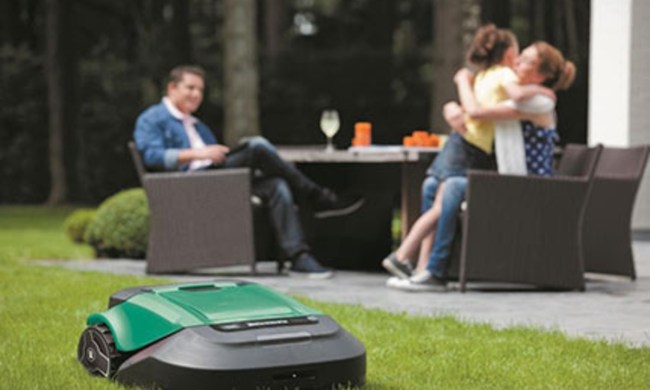Part of the reason those numbers are so high is because such currents are hard to spot until it’s too late.
In an effort to reduce the danger posed by the hazard, the nation’s Surf Life Saving Australia (SLSA) organization has teamed up with Samsung to create an innovative smartphone app called Pocket Patrol.
The Android app uses augmented reality (AI) to help beachgoers better understand rip currents, while also pointing out hazards such as submerged rocks and shallow sandbanks.
It works like this: Throughout the day, lifeguards monitor the sea conditions and enter relevant data into the app. Anyone with the app can then access its map to quickly and easily see the location of recently reported hazards. Even better, the app’s AI capability lets users on the beach simply point their handset toward the water to bring up digital signposts on their display indicating the precise location of any dangers in the water.
However, the SLSA is keen to point out that Pocket Patrol is designed to promote surf safety only. In other words, the app “is not a safety or warning device” as its lifeguards are unable to immediately identify all rip currents and keep the app updated on a minute-by-minute basis. Instead, the software is designed to help swimmers learn about how to identify a rip current – something only 30 percent of Australians are currently capable of doing, according to the SLSA.
Pocket Patrol is undergoing trials until the middle of next month, focusing on a section of Queensland’s famous Sunshine Coast.
The SLSA says its goal is to make Pocket Patrol available to lifeguards and beachgoers across all of the nation’s patrolled beaches. In the meantime, it’s created a short 360-degree film (below) showing what it’s like to get stuck in a rip current, with tips on how to get out safely. But as the SLSA itself points out, the video is not for the faint-hearted.

